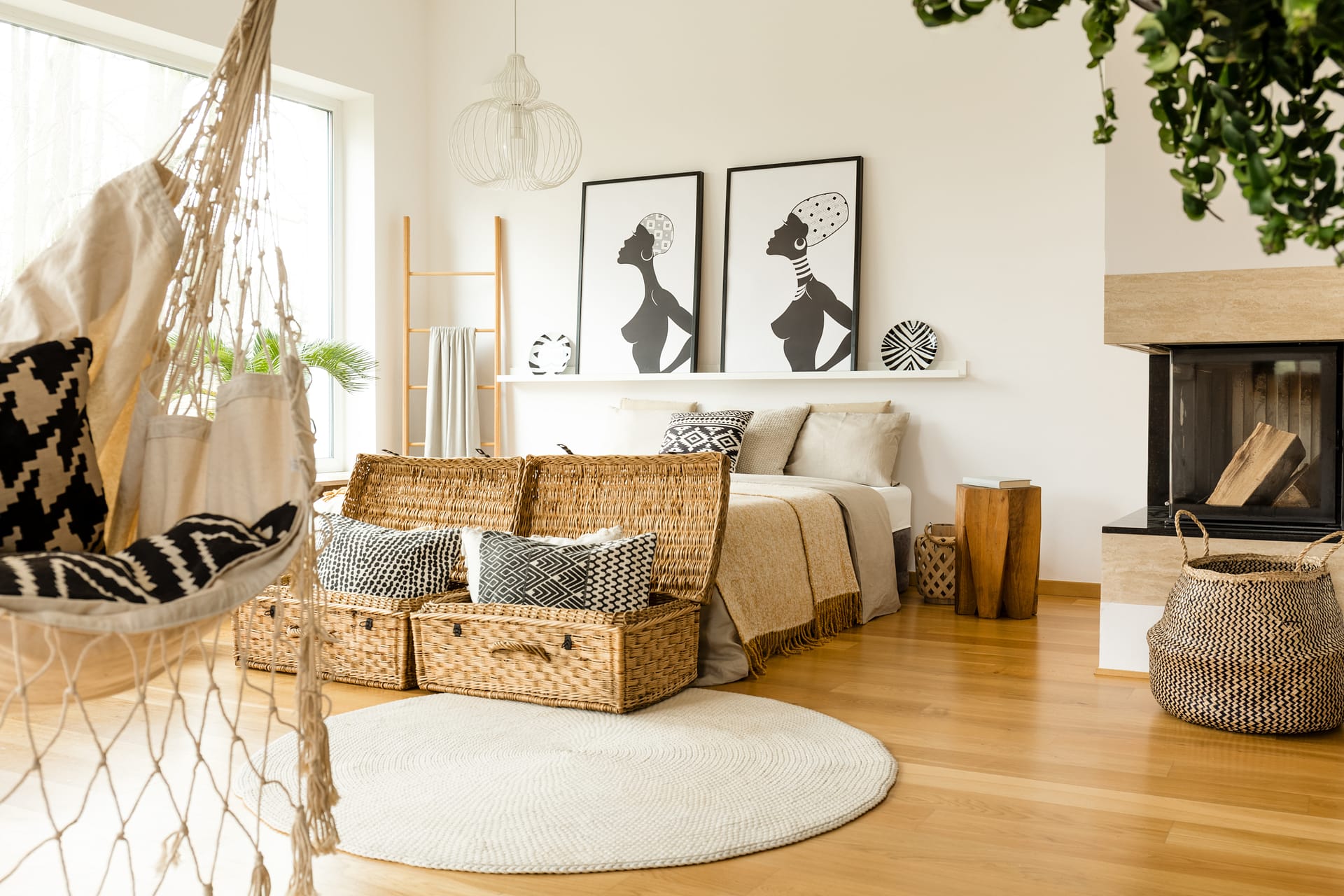The way you decorate your home can have a significant impact on your mental health. Your home is your personal sanctuary, providing a refuge from the complexities of the outside world. It becomes a place of solace and rejuvenation, especially during times of stress, anxiety, or after negative experiences.
When you return to your home, an innate desire for peace, relaxation, and a replenishment of energy naturally arises. Unlike many other aspects of life that involve shared spaces and limited control, your home is a domain where you have complete autonomy. You can choose to embrace a minimalist style or express your unique personality through your home decor. The choices you make in designing your home have a profound influence on your emotional and mental well-being.
Can Decorating Your Home Improve Your Mental Health?
Recent data highlights anxiety and depression as prevalent mental health challenges. Interestingly, research suggests that various interior design techniques and approaches can play a role in alleviating stress and depression. There is concrete evidence indicating a strong link between home decor and emotional stability.
In the realm of corporate design, interior designers place significant emphasis on the psychological effects of their choices. They leverage elements such as color palettes, lighting arrangements, spatial layouts, textures, and artworks to craft environments that foster motivation, creativity, happiness, self-assurance, and even a sense of security.
A piece published by Chloe Taylor, a journalist specializing in health, markets, and the global economy, in Psychology Tomorrow delves into this topic. She notes that while the connection between interior design and human emotions has gained substantial attention in recent years, forms of environmental psychology related to this have existed for millennia. Traditions like Indian Vastu Shastra and Chinese Feng Shui have long explored this intersection. Thanks to advancements in neuroscience, scientists have conducted extensive research in this domain, yielding impressive results. It has been scientifically demonstrated that elements of interior design can evoke both positive and negative emotional responses in individuals. These findings open the door to a conscious approach to design that aims to promote creativity, serenity, and happiness through deliberate decorative choices.
So when used correctly, certain design elements can create an environment that helps reduce stress, anxiety, and depression:
Sunlight
Did you know that sunlight can have a remarkable effect on reducing feelings of depression? Both direct exposure to sunlight and the natural light that enters through your windows can significantly uplift your mood. Consequently, increasing the amount of natural light in your home can boost your overall happiness. Conversely, a prolonged absence of sunlight can potentially lead to feelings of sadness and heightened anxiety levels.
Sunlight also possesses the remarkable ability to invigorate and motivate. A study conducted in 2002 even linked sunlight to increased sales in retail environments, highlighting its influential role.
Numerous studies have consistently demonstrated the psychological and physiological benefits of natural light. One particular study stands out, revealing that employees who had access to natural light in their workplace exhibited significantly higher performance levels compared to their peers who worked under artificial lighting conditions. Moreover, those who relied solely on artificial light also reported qualitative issues, including reduced vitality and signs of insufficient sleep.
Spacious Environments
While many individuals may prefer expansive rooms over cramped ones, what they might not realize is that the sensation of spaciousness can have a positive impact on their emotional state. Scientific research reveals that people tend to be more creative and experience improved moods in rooms with high ceilings. However, it’s worth noting that the benefits of spaciousness can also be achieved in rooms with lower ceilings. In essence, creating a sense of roominess is one of the key elements for fostering a happier living environment.
Neat and well-illuminated homes with minimal clutter play a significant role in enhancing overall mood. This feeling of spaciousness can be cultivated in almost any space through thoughtful design, effective furniture placement, organizational skills, and appropriate lighting choices.
Spaces that are easy to navigate and promote social interaction can help alleviate anxiety and prevent feelings of being overwhelmed. The arrangement of furniture and the functionality of furniture pieces contribute to establishing a mentally healthy living space, regardless of the room’s size.
Plant and Flowers
Creating a more natural ambiance within your home has a well-documented positive impact on mood, and one of the most effective ways to achieve this is by incorporating plants and flowers into your living space. Research has shown that having indoor plants can enhance concentration, boost memory, and reduce stress levels.
Many varieties of houseplants serve as natural air purifiers, effectively reducing allergens and improving indoor air quality. They also contribute to a healthier indoor environment by increasing oxygen levels and maintaining moisture balance. Additionally, the aesthetic appeal of plants is undeniable. It’s no wonder they have a calming and harmonizing effect, helping people feel more at ease and balanced.
Beyond their visual beauty, flowers also offer a soothing and relaxing influence on individuals. While they undoubtedly add elegance to any space, they also have the power to instill feelings of happiness and positivity.
Harness the Power of the Elements
Sunlight, indoor plants, and vibrant flowers are all natural elements that contribute to a sense of peace and tranquility within one’s home. It’s no coincidence that these elements draw inspiration from the natural world. Throughout history, people have endeavored to bring the beauty and calming influence of nature into their interior spaces. Examples include using items like animal furs, woven mats, or even Christmas trees to symbolize the presence of nature within homes, a practice that has endured for millennia.
Ancient traditions such as Feng Shui celebrate the natural elements—earth, water, wood, metal, and fire—through various shapes and textures. Today, we can incorporate these elements into our decor in numerous ways. For instance, fountains and pools embody the water element, while mirrors and reflective surfaces mimic its effects. Fans and open windows invite the qualities of the wind, and the use of flowing fabrics can replicate its psychological benefits. Fireplaces and candles introduce the element of fire into our homes. Elements like metal and earth can be represented through materials such as iron, brass, silver, wood, and stone.
A harmonious and joyful home should facilitate relaxation by seamlessly integrating these natural elements into its design. For example, deep tubs and rain showers allow you to harness water for therapeutic purposes. Smooth rock countertops serve as both functional surfaces and decorative elements, showcasing the beauty of stone. Sunrooms and verandas blur the boundary between indoor and outdoor spaces, creating a cozy interior that harmonizes with the natural world.














